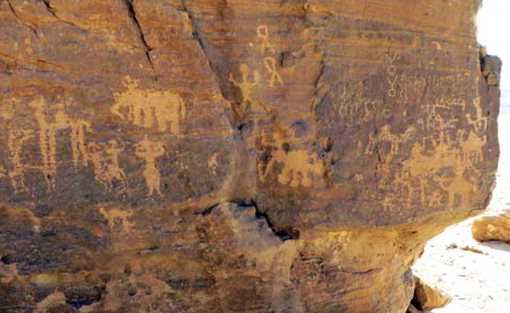|
Kǝlǝttä ʾAwlaʿlo
Kilte Awulaelo (; also transliterated as Kǝlǝttä ʾAwlaʿlo) is one of woredas in the Tigray Region of Ethiopia. Part of the Misraqawi Zone, Kilte Awulaelo is bordered on the south by the Debub Misraqawi (Southeastern) Zone, on the west by the Mehakelegnaw (Central) Zone, on the northeast by Hawzen, on the north by Saesi Tsaedaemba, and on the east by Atsbi Wenberta. Towns in the Kilte Awulaelo woreda include Agula, Tsigereda and Maimekden. Town of Wukro is surrounded by Kilte Awulaelo. History Archeological surveys at the village of Aynalem has recovered Sabaean inscriptions, an obelisk carved from stone, rocks shaped to resemble Egyptian pyramids, and ancient metal utensils in an area which has been left uncultivated due to religious beliefs. Gezaei Haile, a scientist and geology instructor at Mekelle University, in an interview with ''Jimma Times'' dated these artifacts to "a time of 200 years before birth of Christ, as none of the antiquities have sign of cross o ... [...More Info...] [...Related Items...] OR: [Wikipedia] [Google] [Baidu] |
Woreda
Districts of Ethiopia, also called woredas (; ''woreda''), are the third level of the administrative divisions of Ethiopia – after ''List of zones of Ethiopia, zones'' and the ''Regions of Ethiopia, regional states''. These districts are further subdivided into a number of Ward (country subdivision), wards called ''kebele'' neighbourhood associations, which are the smallest unit of local government in Ethiopia. Overview Districts are typically collected together into List of zones of Ethiopia, zones, which form a Regions of Ethiopia, region; districts which are not part of a zone are designated Special Districts and function as autonomous administrative division, autonomous entities. Districts are governed by a council whose members are directly elected to represent each Wards_of_Ethiopia, ''kebele'' in the district. There are about 670 rural districts and about 100 urban districts. Terminology varies, with some people considering the urban units to be ''woreda'', while ot ... [...More Info...] [...Related Items...] OR: [Wikipedia] [Google] [Baidu] |
Abreha And Atsbeha Church 01
Abraha ( Ge’ez: አብርሃ) (also spelled Abreha, died presumably 570 CE) was an Aksumite military leader who controlled the Kingdom of Himyar (modern-day Yemen) and a large part of Arabia for over 30 years in the 6th century. Originally a general in the Aksumite army that invaded Yemen around 525 CE, Abraha seized power by deposing the Christian Himyarite king installed by Kaleb. He is famous for the tradition of his attempt to destroy the Kaaba, a revered religious site in Mecca, using an army that included war elephants, an event known as Year of the Elephant. Life The Byzantine historian Procopius identified Abraha as the former slave of a Roman merchant who conducted business in Adulis, while the Muslim historian al-Tabari says that he was related to the Aksumite royal family. Later, Abraha was either one of the commanders or a member of one of the armies led by King Kaleb of Axum against Dhu Nuwas. In al-Tabari's history, Abraha is said to have been the commander of t ... [...More Info...] [...Related Items...] OR: [Wikipedia] [Google] [Baidu] |

